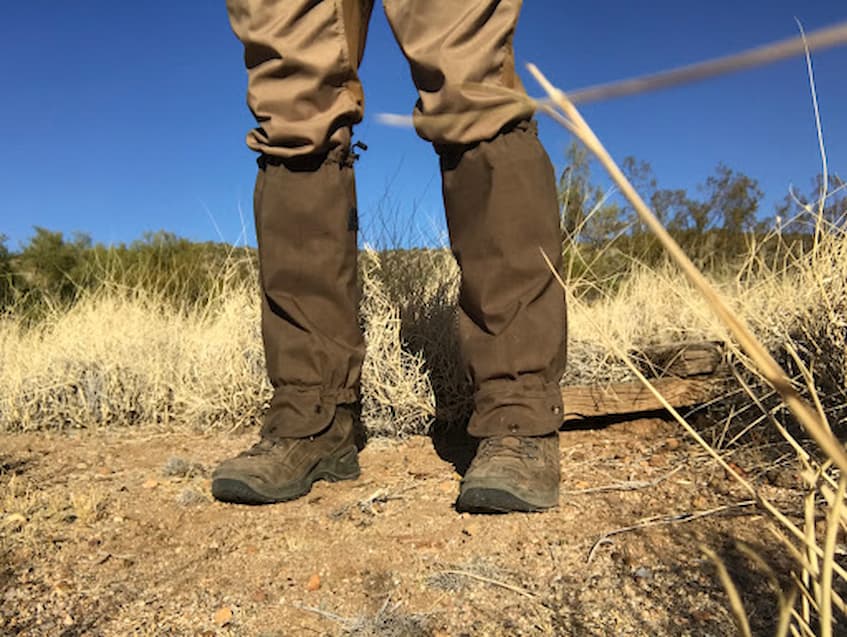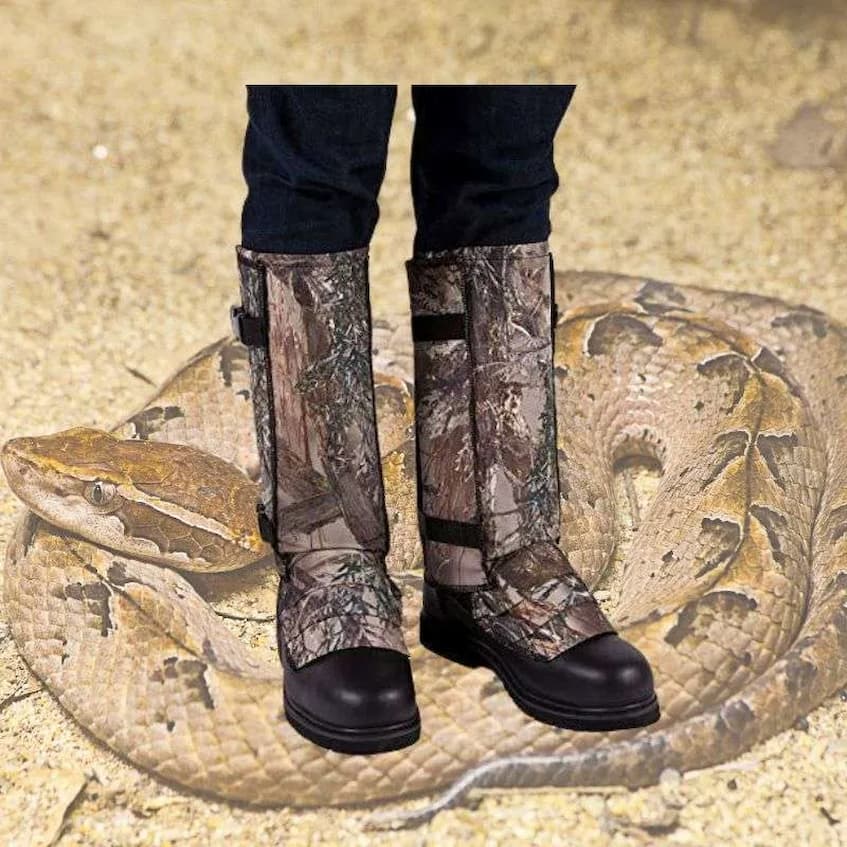
Stay Safe Outdoors: A Guide to Choosing Snake Gaiters
Australia’s great outdoors are breathtaking, but they’re also home to some of the most venomous snakes on the planet. With thousands of bites reported every year and hundreds requiring serious medical treatment, it’s not something to take lightly. If you spend time hiking, hunting, or working in remote areas, it’s essential to gear up properly. While sturdy boots and thick pants are a great start, adding snake gaiters to your kit offers an extra layer of protection where it counts. I’ll walk you through how to choose the right pair so you can feel more confident and protected whenever you step into the wilderness.
Contents
Importance of Snake Gaiters in Australia
With over a hundred species of these reptiles, including infamous names like the eastern brown and the tiger snake, heading off the beaten path means being smart about safety. Most bites happen when someone unknowingly steps too close to this reptile nestled in thick grass or brush, and in that split second, there’s often no time to react.

So, to protect the lower part of your legs (the area most bites tend to strike), you need durable snake resistant gaiters. They act as a tough barrier between you and a potential bite. They also help protect against scratchy bushes, spiky plants, sneaky insects, and even those annoying little stones that always seem to find their way into your boots. You might not see the animal at all, but knowing your legs are shielded from bites, stings, and scrapes lets you focus on enjoying the adventure ahead.
Materials to Look For
How do you choose gaiters? Picking the right pair of snake gaiters in Australia is a bit like choosing safety gear for any outdoor adventure. You want something that’ll have your back when it counts but won’t weigh you down the rest of the time. It should be able to stop sharp fangs in their tracks. I’ll break down some of the best material options out there, so you know what to look for when making your decision:
-Canvas: When reinforced, canvas is incredibly tough while still offering flexibility and breathability. A good pair will use heavy-duty canvas, not the lighter versions you’ll find in everyday hiking gear. Something around the 500D mark or higher is ideal if you’re venturing into dangerous territory.
-Ballistic nylon: Originally developed for military use, this fabric is all about toughness. It’s highly resistant to punctures and abrasions, making it a smart pick if you want solid peace of mind on the trail.
-Cordura®: If you’re covering a lot of ground and don’t want to sacrifice mobility, Cordura® is the sweet spot. It’s strong but also flexible enough for hiking through dense bush. Just make sure it’s at least 500D-grade for proper protection.
-Kevlar: While insanely strong, Kevlar can be a bit over-the-top for everyday use. It’s heavier and less comfortable over long hikes, so unless you’re dealing with extreme environments, the other options usually strike a better balance.
Features to Look For
It doesn’t matter if you’re out hunting, navigating bush trails, or working outdoors in rugged terrain; having reliable leg protection can make a huge difference. Some gaiters might look tough, but they fall short when it matters. So, you’ll want to make sure they’re up to the task and comfortable enough to wear all day.
-Good coverage is a must: Most strikes happen low on the leg, so you want protection that runs from the top of your boots right up to just below the knee.
-Lightweight build: No one wants to be weighed down while trekking through rough terrain. So, look for a balance of toughness without bulk when choosing snake resistant gaiters.
-Adjustability makes a world of difference when it comes to comfort. Straps that fit snugly around your boots and calves help keep these accessories secure while you move.
-Breathability matters, especially in Australia’s hotter regions. While heavy-duty fabrics don’t always breathe well, materials like reinforced canvas or higher-grade nylon are usually a safe bet.
-Water resistance is another factor worth thinking about. Wet grass, muddy trails, and creek crossings are part of the experience, so look for gaiters with a DWR finish to help keep moisture out.
-Ankle reinforcement, often called bash pads, adds an extra layer of durability right where these accessories tend to get the most wear and tear.
How are They Tested
It’s not enough to just say that a snake gaiter is tough, but you want to know it’s been put to the test. That’s why products go through some pretty intense trials. To see how they’d hold up in the real world, they were tested not only with sharp needle simulations but also in the presence of snakes. With the help of an experienced Australian handler, these accessories are challenged by several local species known for their powerful strikes. The result is zero penetration, even under pressure. That said, no gear is ever truly resistant to these reptiles, but having something that’s been tested this thoroughly adds a huge layer of confidence when you’re out in the wilderness.
Tips to Stay Safe

Even the toughest gear won’t replace good judgment when you’re exploring the outdoors. Wearing protective equipment helps, but your awareness and behaviour make the biggest difference. So, stay alert to where you’re stepping, especially around tall grass, rocks, or logs, to avoid a surprise encounter. It’s also smarter to stick to marked trails where wildlife is more likely to have already moved on. And if you do come across a snake, don’t panic. Back away slowly and give it space. In the rare event of a bite, staying calm and still while seeking medical help immediately is key. Gear adds peace of mind, but your best protection is always common sense.


Sorry, the comment form is closed at this time.